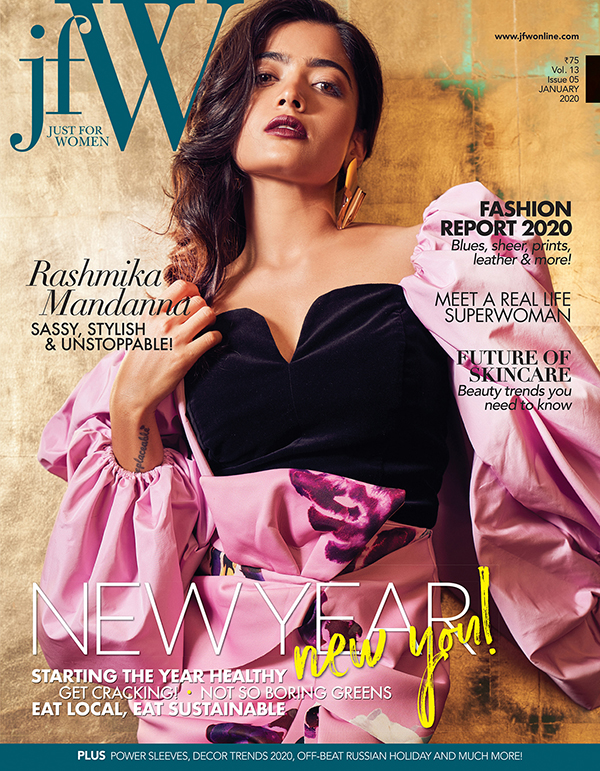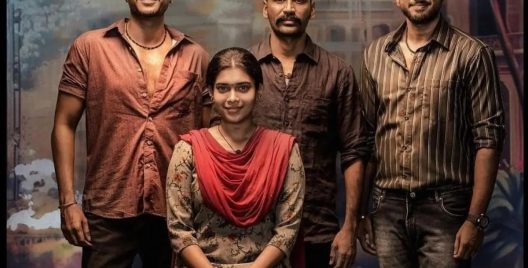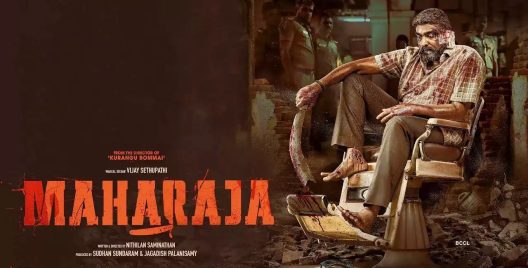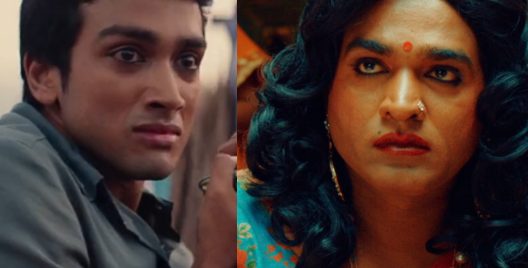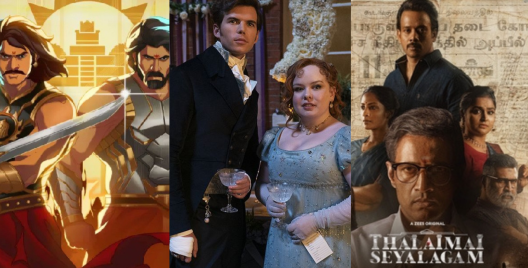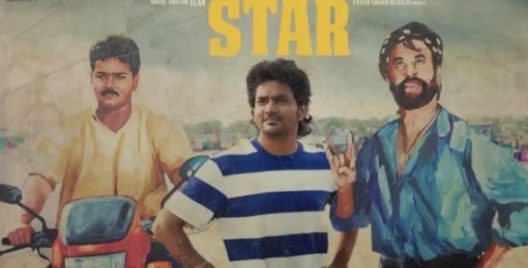When I was a child, ‘Senthamizh Naattu Tamizhachiye’ was one of those iconic songs that worked as an instant pick-me-up. Then, over the years and, as often when it comes to one’s experience with Tamil cinema, opinions have evolved, to say the least.
This song is, indeed, rooted in the long history of women’s portrayal in Tamil films. In the post-independence era, cinema was used as the vehicle for the post-colonial ideology which, to this day, has strongly influenced the representations of women, men and ‘Tamilness’ on screen. Thus, in movies such as Parasakthi, Velaikari or Ratha Kanneer, anti-British ideas were replaced by a gendered opposition between the indigenous culture and a threatening West, which sketched the first outlines of a trope, the dangerously westernized woman, steadily used in Tamil cinema since then.
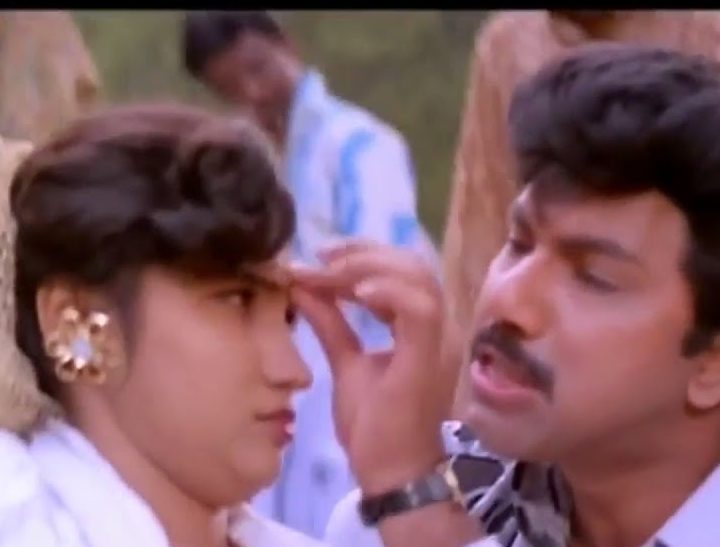
The narrative is quite simple : the westernized woman is depicted as the arrogant, educated and frivolous antithesis of the quintessential Tamil man who appears as the fervent protector of ‘Tamilness’, trying to de-westernize the lady so that she becomes a respectable ‘Tamil Ponnu’. Examples of this trope are plenty in the history of Tamil cinema as, after its emergence in the 1950s, there was clearly a revival in the 1990s and 2000s : the ’alpha male’ kind of masculinity indeed dominated almost every blockbuster where the hero used to lecture the westernized woman with punch dialogues. Think about the confrontation between the modern and adamant Neelambari (Ramya Krishnan) and the conservative Padaiyappa (Rajinikanth), especially with his litany of moral rules for women that ends with the classic ‘Mothathula, pombala, pombalaiya irukkanum’. Think about how Sivakasi (Vijay) saves the scantily clad Hema (Asin) from a street harasser and then tells her : ‘If you behaved like a woman and came dressed covered up in a saree, men will not look at you as a girl but pray to you as goddess’.
Above all, song sequences, and especially peppy numbers, are the ideal space for this kind of lecture about how a Thamizhachi should be, as they deliver the message through an entertaining and musical teasing of the westernized woman. Over the past 50 years, three songs can be considered as the perfect archetypes of this trope in Tamil popular culture.
The first one is ‘Kettukodi Urumi Melam’ from P. Madhavan’s Pattikada Pattanama (1972), whose entire plot is based on the opposition between Kalpana (Jayalalitha), a westernized, educated and ‘London return’ young woman and Mookkaiyan (Sivaji Ganesan), the typical Tamil villager from Sozhavandan she marries. This song is actually a musical battle that leads to their first night. The second one is obviously ‘Senthamizh Naattu Thamizhachiye’ from Manoj Kumar’s Vandicholai Chinnaraasu (1994) where the westernized woman trope is only a sub-plot : Parvathi (Sukanya) is a modern, playful and minxy Michael Jackson lover who comes to visit her grandfather in Vandicholai where she meets Chinnaraasu (Sathyaraj), a more traditional Tamil man who wants to become a district forest officer. The first half of the movie can be summarized as a cat and mouse game whose acme is the song. The third one is ‘Club La Mabbu La’ by the musical duo Hip Hop Thamizhaa, a song from an independent album that became a massive hit when released in 2011. It’s an indictment against the over-westernized women who loosen up in clubs, made by rap artists who define their works as an ode to Tamil identity : their logo is a graffiti of Mahakavi Subramania Bharathiyar, many of their songs such as ‘Senthamizh Penne’ or ‘Thamizh Theriyum’ promote ‘Tamilness’.
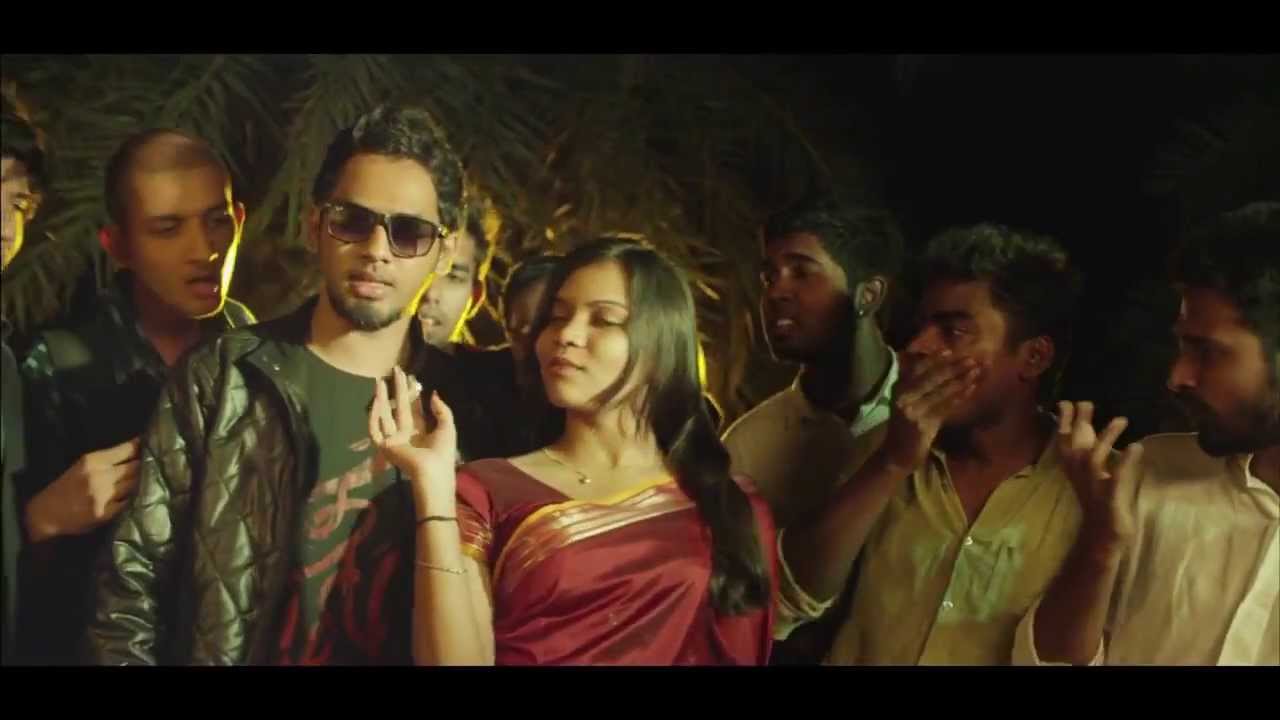
Interestingly, some recurring themes impregnate all these songs. First, the westernized woman’s attire is obviously an issue : the dresses are described as too short, too sexy, unworthy of a good Thamizhachi. In ‘Club La Mabbu La’, girls are criticized for wearing ‘kerchief’instead of ‘Kanchi Pattu’. In ‘Kettukkodi Urumi Melam’, Mookkaiya advises Kalpana : ‘Muzhangal theriyum aadaiyai maattri, thamizh magal nadai podu’. In ‘Senthamizh Naattu Thamizhachiye’, the girl, reluctant to wear a saree, is described as wearing a bathing suit, showing a body that her husband only should appreciate. In fact, the song is preceded by a significant sequence where Chinnaraasu refuses that Parvathi and her friends pray in a Hindu temple because of their short skirts, ‘as if they were just out of their bath’ says Goundamani’s character. To respond, the girl gang comes fully covered in a burqa. There is actually a paradox in this dress issue : these women are willingly shown as westernized pleasurable objects in these video clips to please a triple ‘male gaze’ as theorized by feminist film theorist, Laura Mulvey : the director’s gaze, the male characters’ gaze and the audience’s gaze.
Secondly, there is always a cultural clash as the westernized lady talks and behaves like a foreigner. In ‘Kettukodi Urumi Melam’, Kalpana first sings in English and wiggles as a Londonian gogo dancer whereas Mookkaiya promotes ‘urumi melam’ and ‘pattikaadu raagam baavam’. In ‘Senthamizh Naattu Thamizhachiye’, the heroine is reproached for using ‘sticker pottu’ instead of ‘takkar kunguman’. In Hip Hop Thamizha song, the ‘club la mabbu la thiriyira pombala’ are defined by their ‘bad’ habits (‘I smoke, I drink, I am in a live-in relationship’, says a female voice in the introduction) and are warned that they should stop their ‘konjam konjam Tamil theriyum vetti scene’. This rejection of their Tamil identity thus appears as a reflection of their arrogant hypocrisy and even more seriously, of an unbearable immorality, so far from the heroine’s ‘karpu’ (chastity), one of the main attributes of the typical womanhood in Tamil cinema.
Thirdly, in these songs, through their teasing lecture, the aim is similar for all these Tamil gentlemen : taming the shrew, de-westernize the woman and metamorphose her into a ‘respectable Thamizhachi’. Obviously, they succeed in their mission. In Pattikaada Pattanama (which is based on Shakespeare’s The Taming of the Shrew), Kalpana and Mookkaiya first separate but she finally understands her fault, wears a saree and falls to her husband’s feet. In Vandicholai Chinnaraasu, Parvathi finally falls in love with Chinnaraasu and clumsily wraps herself with a saree to declare her love. The ‘taming the shrew’ in this movie is actually divided in a musical trilogy : first, the heroine teases the hero with ‘Kaattu Panamaram Pola’ ; then, the hero teases the heroine with ‘Senthamizh Naattu Thamizhachiye’ ; finally, they unite/the hero wins, with the significant ‘Chithirai Nilavu Selaiyil Vanthathu Munne’. In both cases, the westernized lady has to erase what she is to become what he wants.
As written by researcher and feminist writer C.S Lakshmi, ‘Good and bad women, in clear black and white divides, have been the obsession of Tamil cinema in a way. (…)The good woman embodies all that Tamil culture stands for where women are concerned. She is chaste, intelligent, motherly and divine. The bad woman is a coquette, a temptress and a loudmouth who finally gets her dues.’ As a matter of fact, the westernized woman appears all the more scandalous when she is compared with a typical Tamil Ponnu who has all attributes of the traditional passive ‘katha-nayaki’ as theorized by researcher Sathiavathi Chinniah : ‘accam (fear), madam (tenderness), nanam (coyness), payirppu (modesty)’. Thus, Mookkaiya’s cousin Rakkamma and Chinnaraasu’s sister Kalyani are the female guardians of ‘Tamilness’ and the antithesis of the dangerously westernized heroines.
Somehow, this omnipresent trope reflects two obsessions in the history of Tamil cinema. On the one hand, preserving the ‘Tamil panpadu’ from the Western influence in a context of globalization. On the other hand, constantly exposing but controlling women’s bodies. What if this obsession had been reversed each time men suited up or wore something else than a ‘kayili’ in Tamil films?
Also read:https://jfwonline.com/article/aval-oru-thodar-kathai-mother-of-all-gendered-paradoxes-in-kollywood/
Also read: https://jfwonline.com/article/marupadiyum-a-torch-bearer-to-female-agency-in-kollywood/


